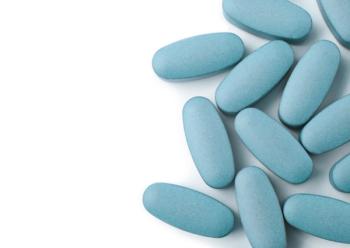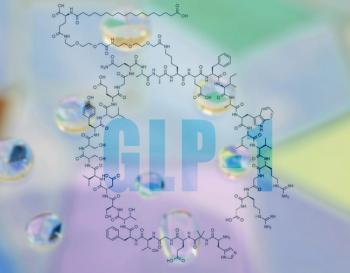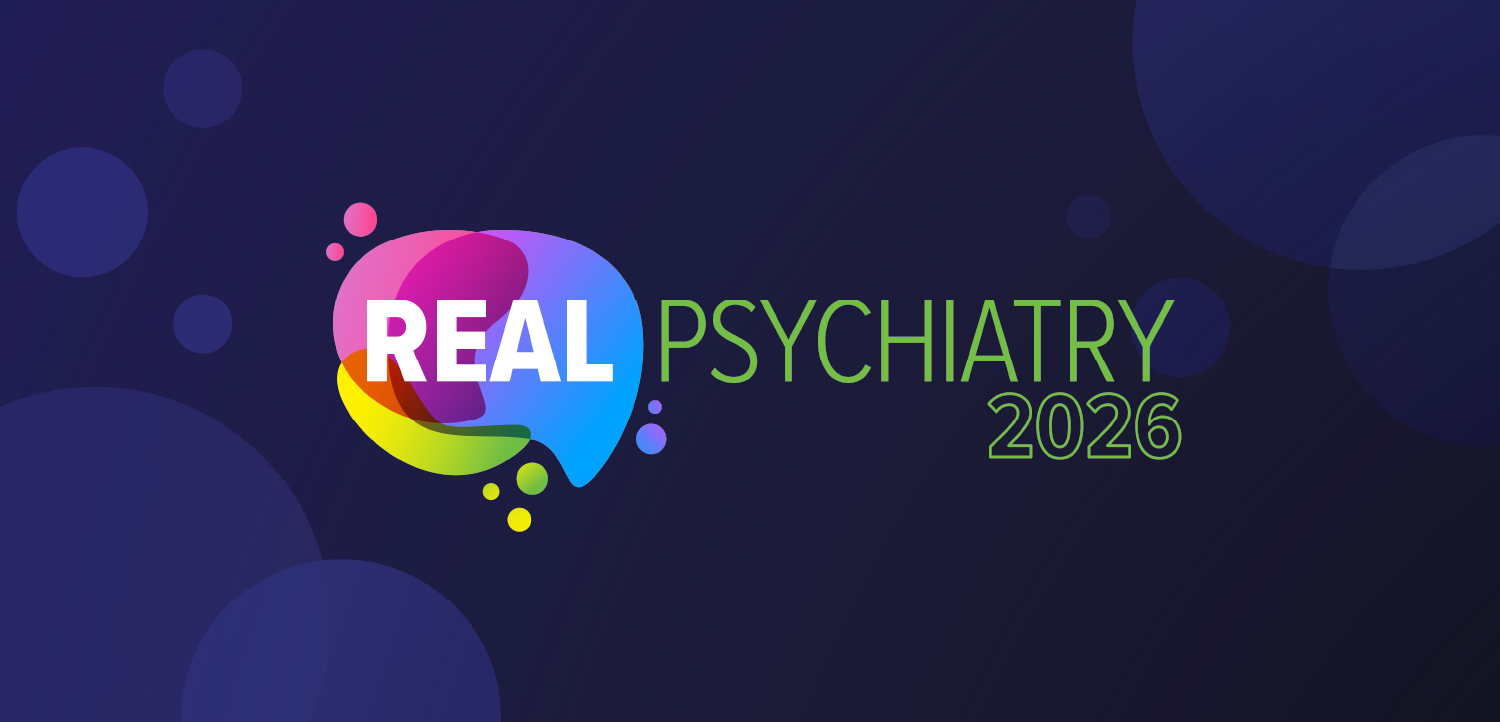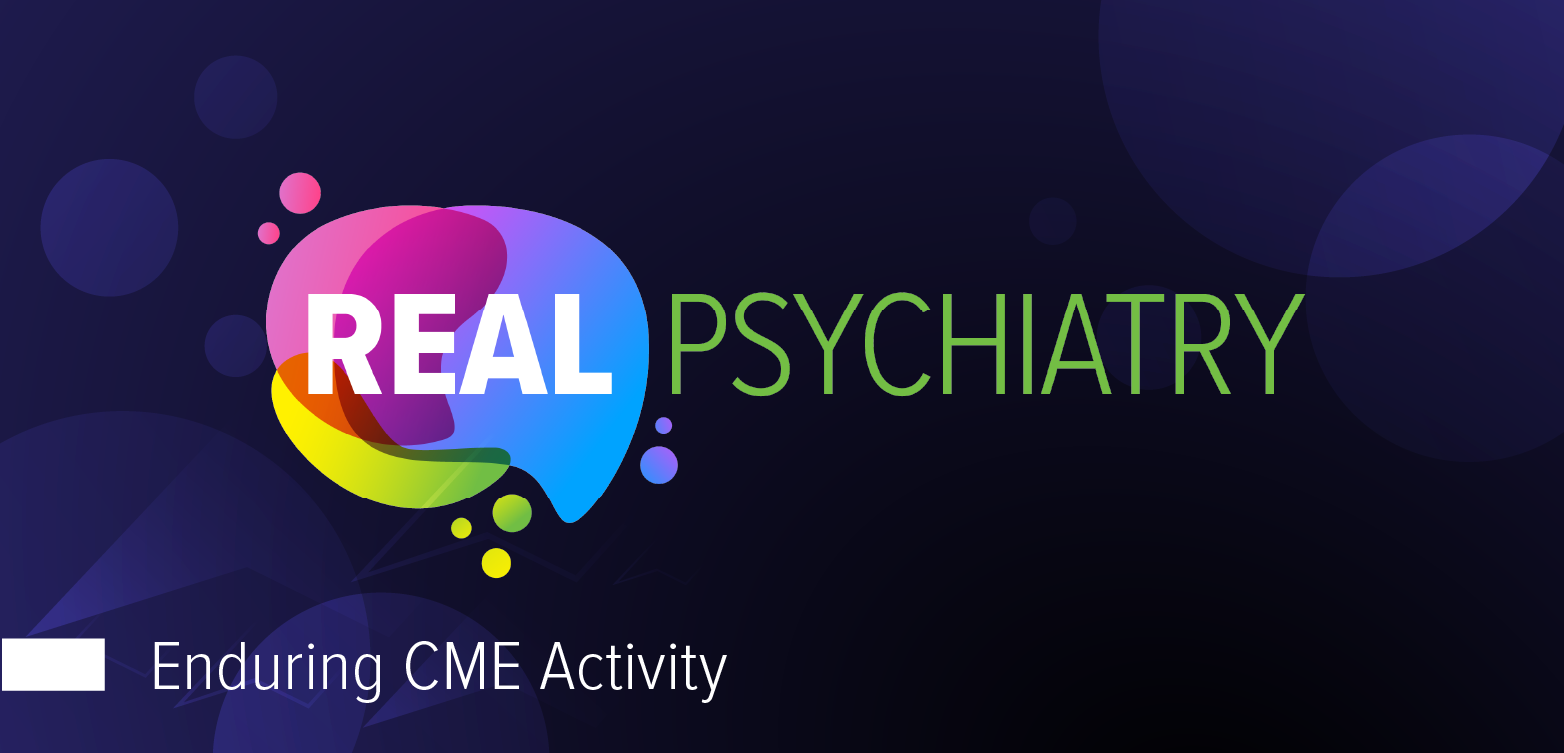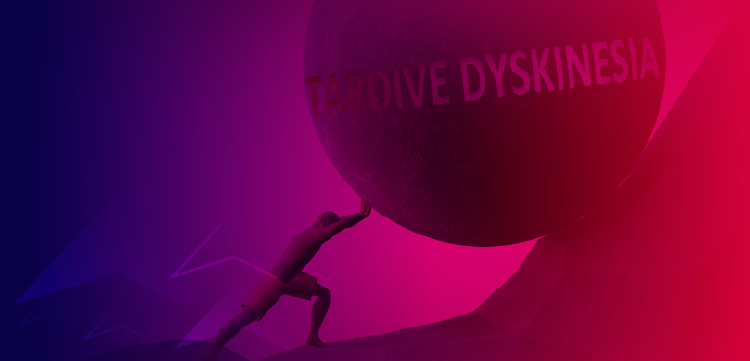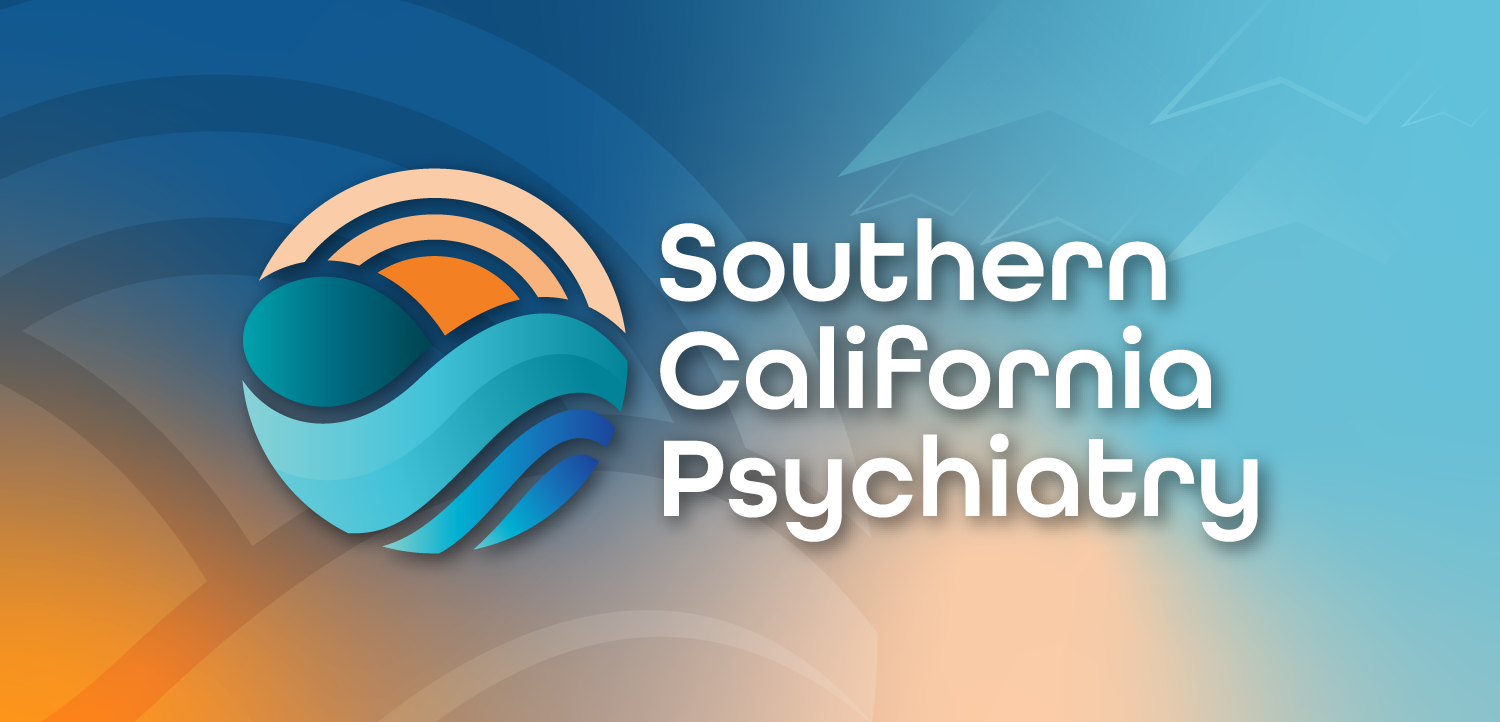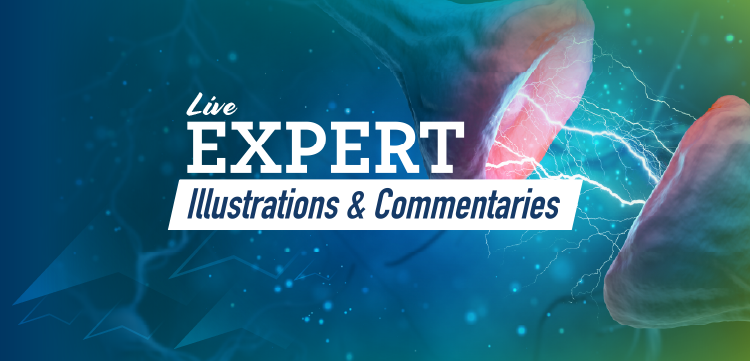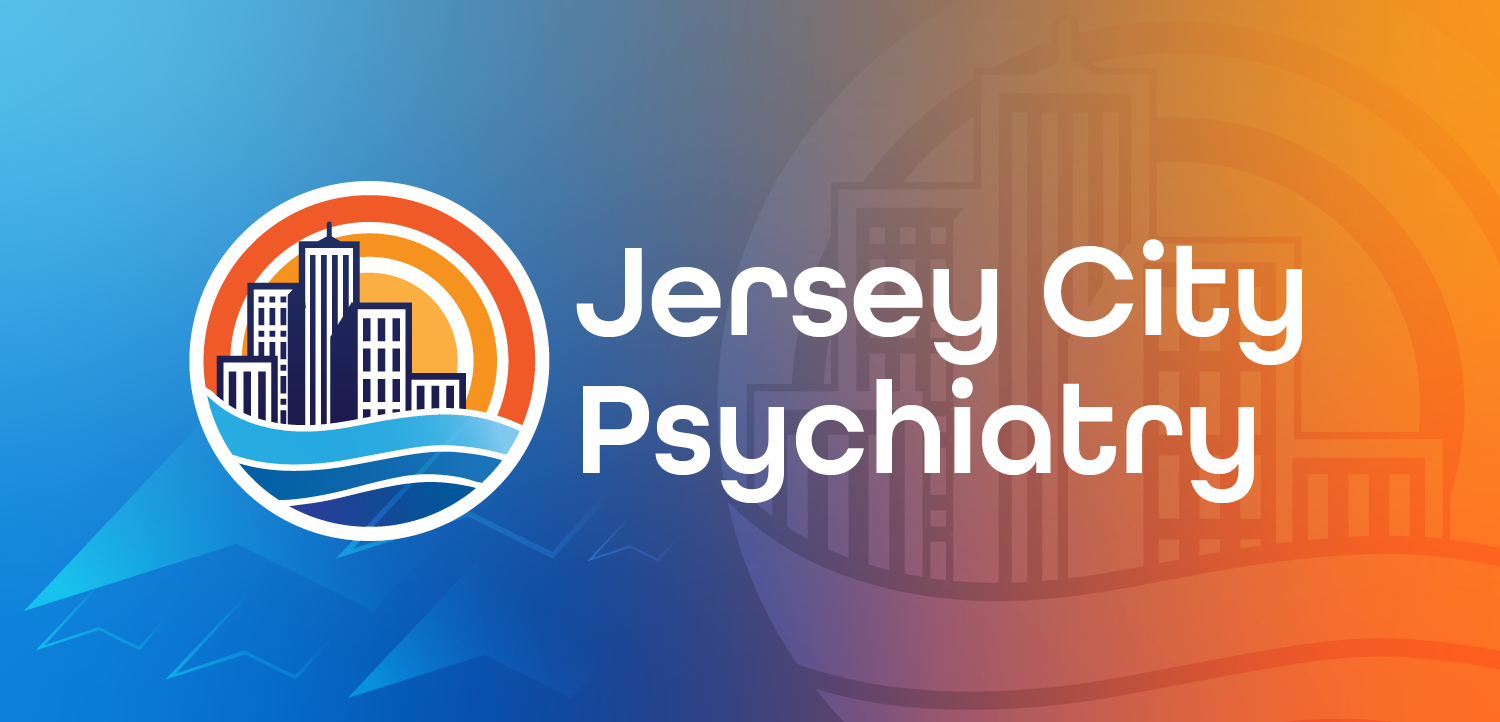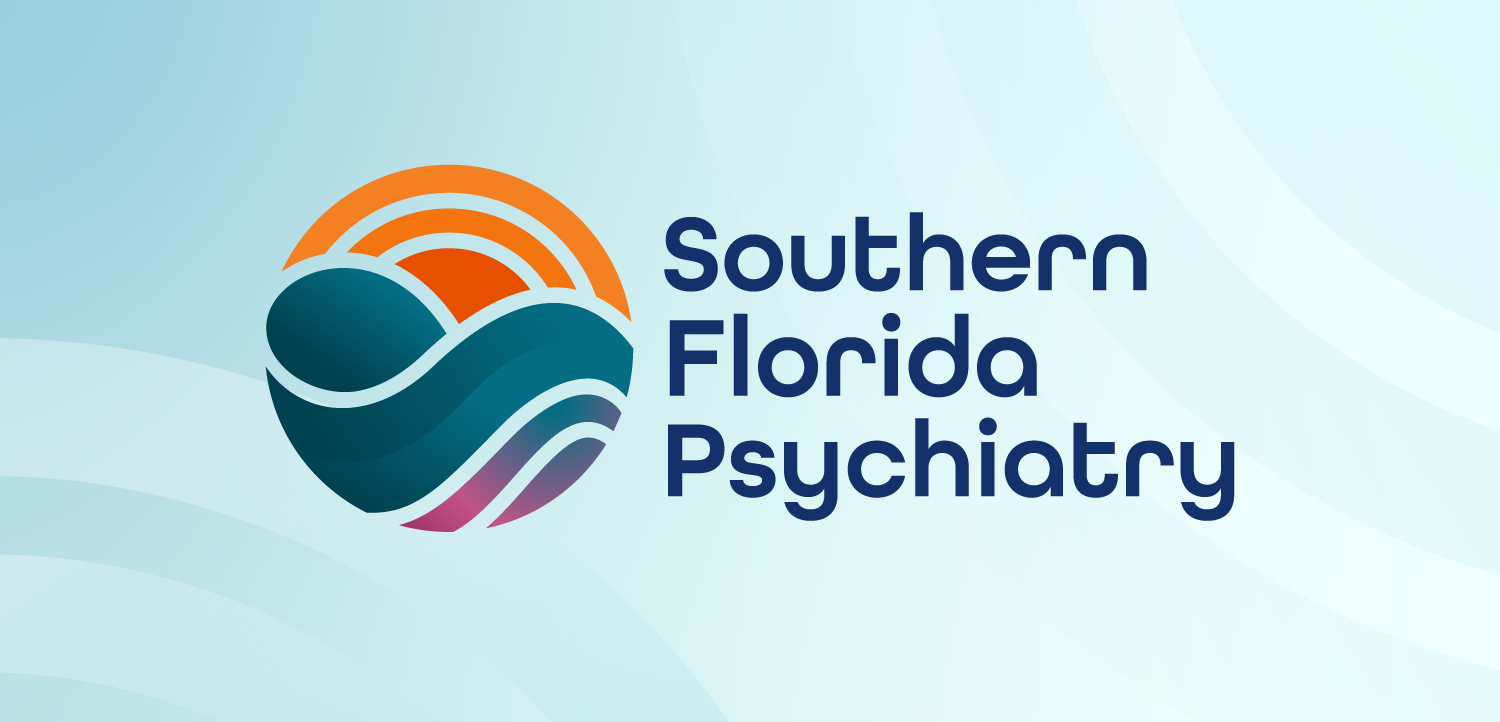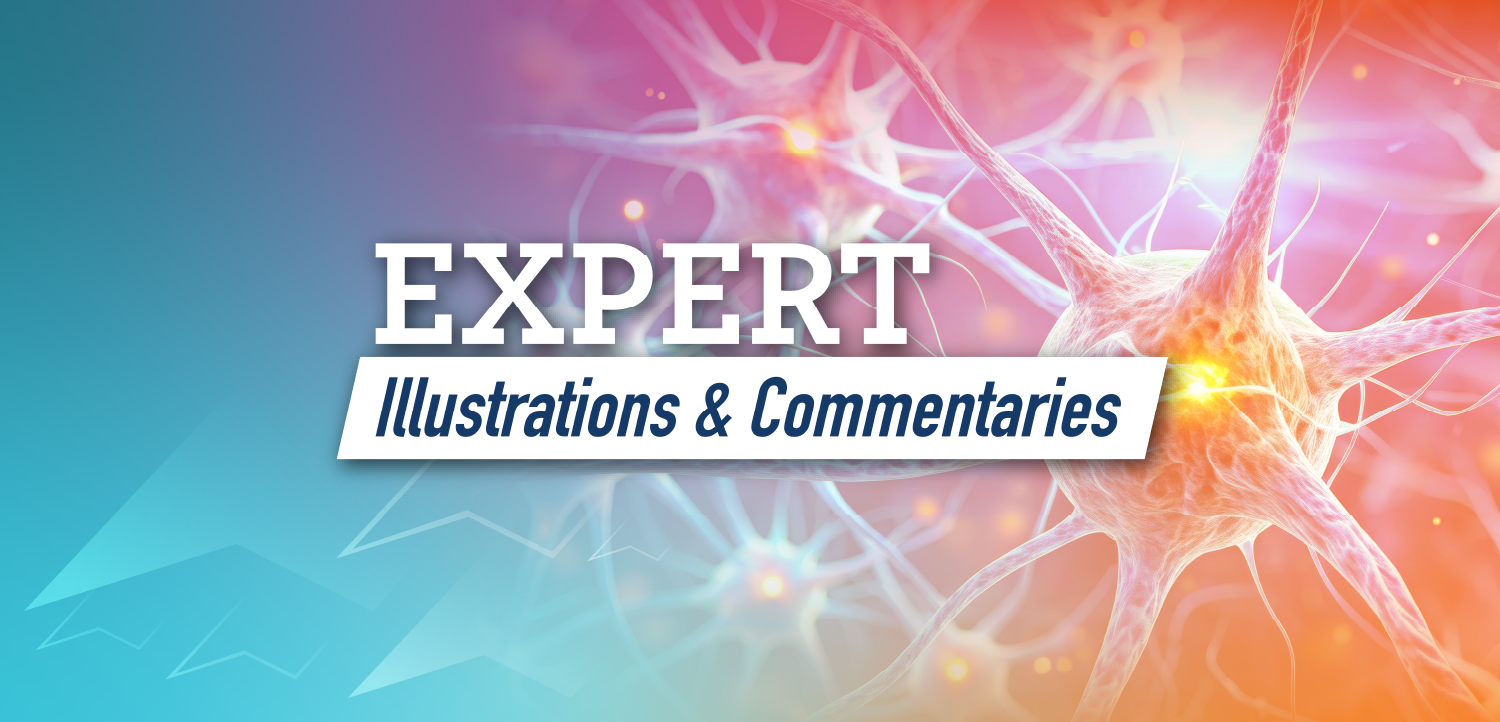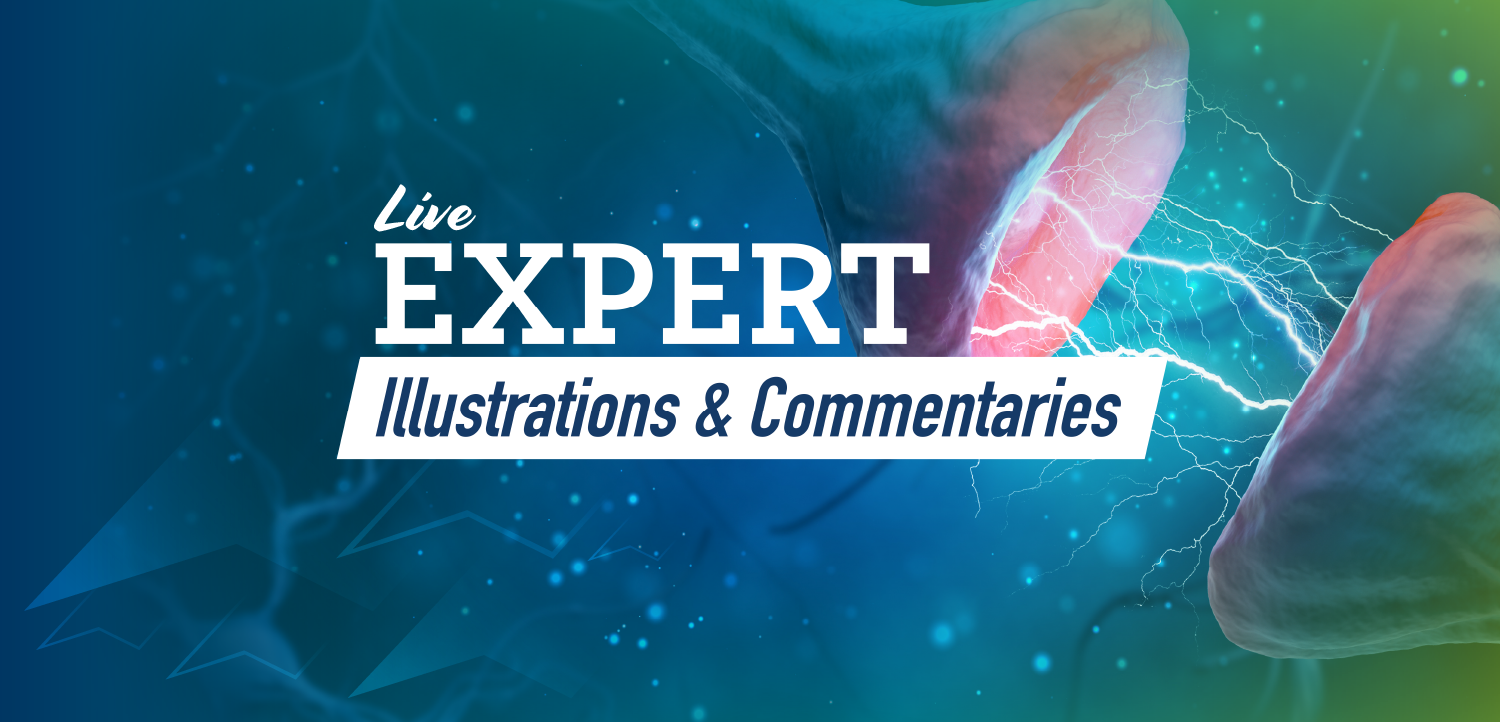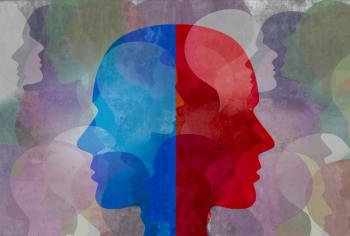
- Vol 42, Issue 2
Mania and Hypomania: Latest Thinking on Diagnosis and Duration of Episodes
Key Takeaways
- Bipolar disorder is frequently misdiagnosed, often due to patients not recognizing or reporting (hypo)manic episodes.
- Adherence to DSM-5-TR criteria is crucial, with careful assessment of discrete (hypo)mania episodes lasting several days.
Bipolar disorder is both underdiagnosed and overdiagnosed—though missing the diagnosis is more common. Check out this update from David N. Osser, MD.
BIPOLAR UPDATE
The diagnosis of
The most important initial advice we can give readers of this column is to please pull out the DSM-5-TR and review the criteria for mania, hypomania, and the mixed specifier. (They are exactly the same as in DSM-5.) Then, take the time to carefully assess patients with
On the other hand, avoid making a positive diagnosis of bipolar disorder after hearing about or observing just a couple of manic symptoms (eg, racing thoughts, rapid speech, tangential speech, irritable mood). Quick mania diagnosis on a hunch is also an error-prone process with bipolar disorder. We have seen many patients who get diagnosed as bipolar and then are tried on our full spectrum of mood stabilizers over years, enduring all their adverse effects, and still struggle with mood instability until the correct diagnosis is finally made. Patients with rapid or overly productive speech and thoughts could have posttraumatic stress disorder,
Having said that clinicians should follow the DSM-5-TR criteria, it may be that the criteria need improvement. I was privileged to be a member of an international task force of experts in the diagnosis of bipolar disorder that was convened to address possible changes in the DSM-5 criteria, particularly in the definitions of (hypo)manic episodes. This initiative was funded by the National Health and Medical Research Council of Australia. Investigators sent a questionnaire to 64 individuals from 14 countries spanning 5 continents, probing different aspects of the criteria.3
Perhaps the most important issue addressed was the DSM’s episode duration criteria. Currently, it is 7 days for mania (and a bipolar I diagnosis) and 4 days for hypomania (and a bipolar II diagnosis). Patients with briefer episodes that otherwise meet phenotypic criteria would not be diagnosed with bipolar I or II disorder (though they could meet criteria for one of the related bipolar spectrum disorders). Task force members were asked what they thought of the current duration requirement. Some felt that any duration of the syndromal criteria should be sufficient for diagnosis. However, most responders (75%) thought that ultrashort episodes have many possible explanations and some limit should be imposed. Of those nominating a finite period, the modal recommendation was 2 days for both mania and hypomania.3
Thus, for patients who have a sufficient number of symptoms to meet criteria, it may be that (hypo)mania durations of as little as 2 days could be a reasonable basis for concluding that the diagnosis is probably bipolar disorder and such patients should receive the normally indicated, evidence-based treatments. In many cases, this would mean stopping or avoiding antidepressants.
In differentiating bipolar I from bipolar II, the majority voted that the DSM should continue to include marked disturbance in functioning at work or socially during manias to diagnose bipolar I disorder. However, the criterion that hospitalization for the mania would automatically qualify the patient for bipolar I was strongly opposed. This requirement was considered arbitrary and too dependent on local health services practices, insurance, or other external factors. However, if the patient was hospitalized, that certainly could be an indicator of severity and likely mania. The task force agreed that psychosis during mania should be retained as a criterion for bipolar I mania.
The task force has studies underway to evaluate how well these proposed changes in the criteria apply in a series of patients derived from the clinical practices of task force members. They are also looking at 78 possible symptoms of (hypo)mania to see whether any are better than the 7 currently used in DSM-5-TR.4
Dr Osser is an associate professor of psychiatry at Harvard Medical School; a psychiatrist at the Veterans Affairs (VA) Boston Healthcare System, Brockton Division; and codirector of the VA National Bipolar Disorders TeleHealth Program. He is also a Psychiatric Times editorial board member. Dr Osser reports no conflicts of interest.
References
1. McIntyre RS, Zimmerman M, Goldberg JF, First MB.
2. Trott M, Suitani S, Arnautovska U, et al.
3. Parker G, Tavella G, Macqueen G, et al.
4. Parker G, ed. Bipolar II Disorder: Modelling, Measuring and Managing. 3rd ed. Cambridge University Press; 2019.
Articles in this issue
10 months ago
Who Are the Youth With Undiagnosed ADHD Symptoms?10 months ago
Using CBT to Empower Black Patients10 months ago
Monitoring Managed Care: Revisited11 months ago
Panel Shares Top 7 Insights Into Addressing PTSDNewsletter
Receive trusted psychiatric news, expert analysis, and clinical insights — subscribe today to support your practice and your patients.

